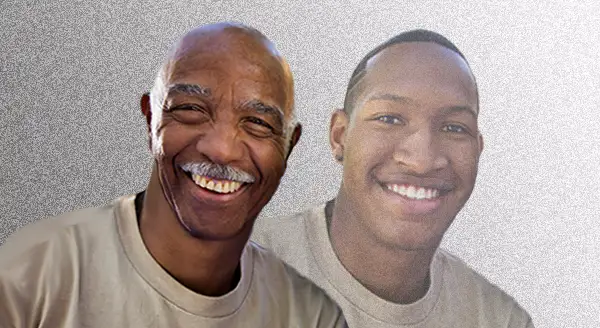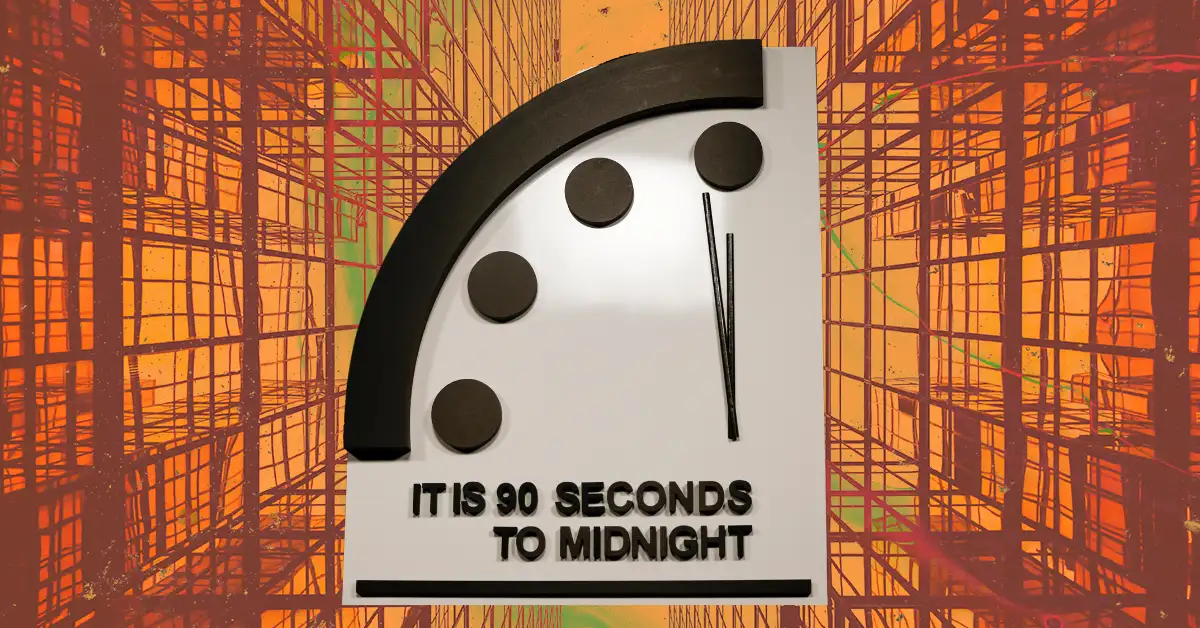You know that scene in The Office where Pam hands Creed two photos, asks him to spot the difference, then confesses “They’re the same picture”? That’s what it feels like to surf the web right now.

According to a new study from Indiana University, website layouts for the top 1k US businesses are more similar today than ever before.
The differences peaked between 2008 and 2010 — who knew we were living in a design golden age? — before tumbling back toward uniformity.
Blame America’s other hamburger craze
To understand what’s got the web feeling so conformist, you have to look at hamburger menus — no, not a list of Big Macs, but the menu button with 3 stacked lines (vaguely resembling a hamburger) that lets you navigate a website.
Hamburger menus are absolutely everywhere, even though they are, er, overcooked. Design experts say they have lower click rates than other menu types because, to use them, mobile users have to reshuffle their grip on their phones.
Anti-hamburger screeds like “Banish the Hamburger Menu” and “Hamburger Menu: Too Big To Fail?” have tried to trash the hamburger, so far unsuccessfully.
Web architects have hit their Blue Period
So what else is making the internet look so similar? One reason, according to that Indiana University study, is about visual accessibility. Ultimately, the pared-down aesthetic is just easier on the eyes.
But the other big cause might be internet consolidation. Websites are built from a series of software libraries — like Bootstrap and FontAwesome, not to mention WordPress and its small army of themed templates.
As a shrinking number of those libraries takes over the market, the set of possible design elements is waning. In turn, that reinforces a very American tradition: burgers galore.










